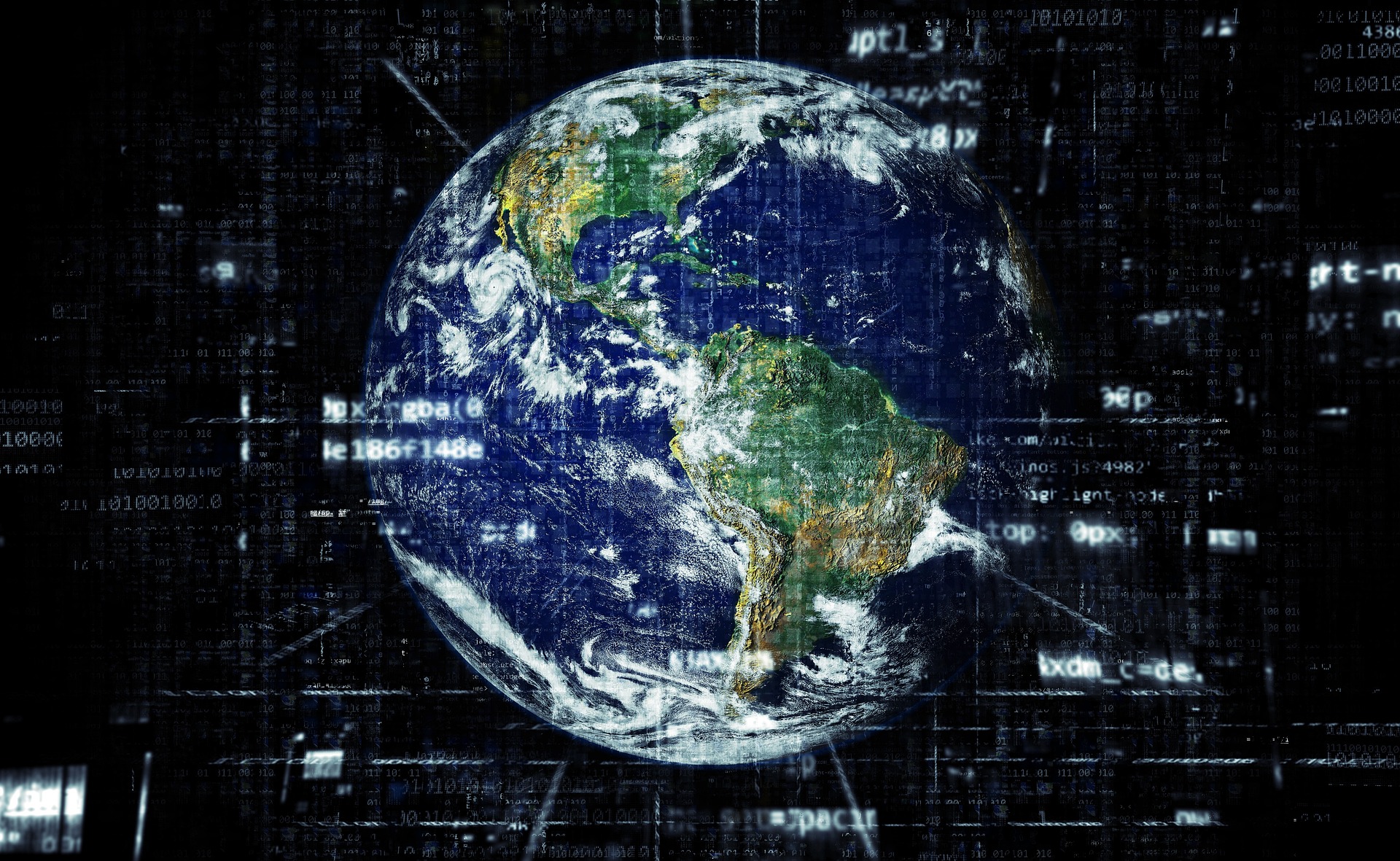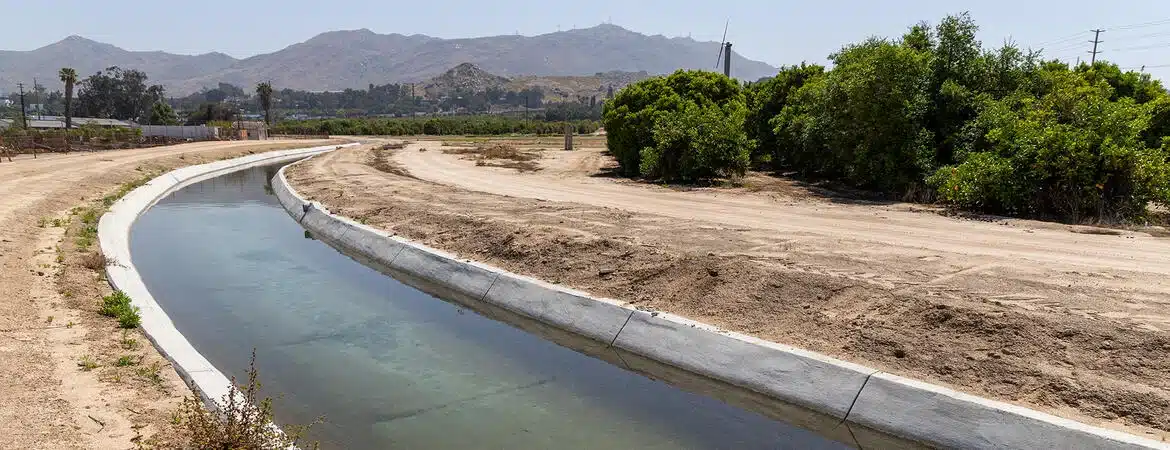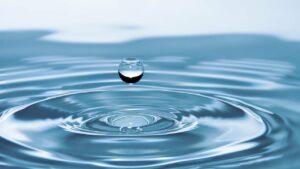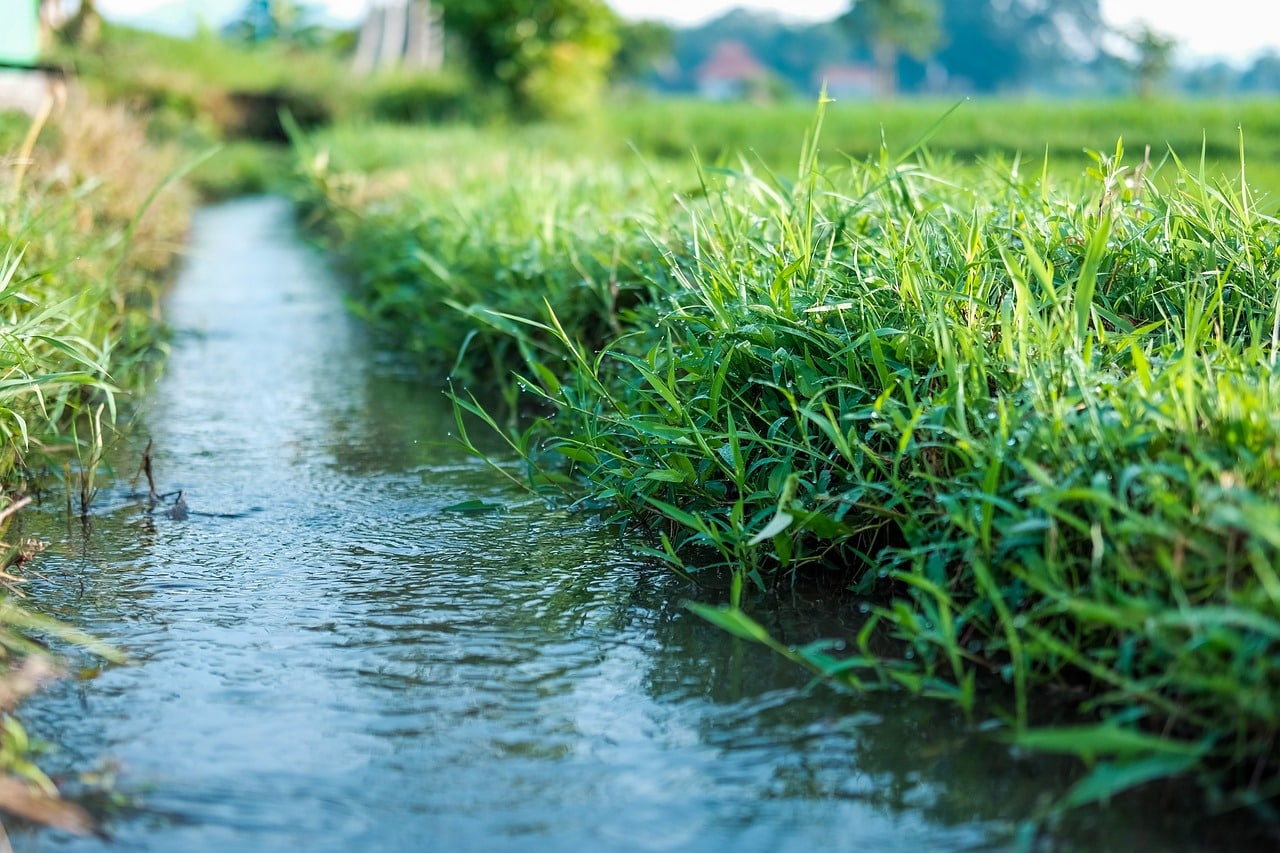Agricultural practices, like producing crops, use a lot of water. In dry areas, this use is reducing groundwater levels, impacting the environment. Research associate Inge de Graaf is working on researching how farmers can more sustainably use groundwater according to a release.
Groundwater is used for almost half of irrigated agriculture. Pumping up water on a larger scale is what impacts groundwater levels. The natural habitats are drying out due to this large-scale pumping.
“That’s why groundwater is so important to global food security,” said Wageningen University & Research’s De Graaf. “There’s a big gap between how much food the world wants to produce and how much we can produce sustainably, meaning without causing groundwater levels to drop.”
By developing models for water and crop production globally, De Graaf hopes to work on solutions for this problem. De Graaf is combining existing models and in previous research, De Graaf showed river outflows are impacted when too much groundwater is pumped up.
“It’s not just that groundwater levels fall, but also that streams and rivers have less water to carry,” said De Graaf. “The effect is noticeable when you study it on a large scale. This link is currently often overlooked. Even in the Netherlands, we’re only slowly starting to realize this now that we’re more often experiencing drought and its negative impacts.”
Dry rivers
China, India, and the U.S. are all experiencing issues surrounding groundwater levels decreasing. Declines as large as one meter per year have been seen. During dry season especially, groundwater is the main source of outflow for rivers, streams, ditches and lakes.
“This is a major threat to the freshwater ecosystems found in these rivers and streams,” said De Graaf. “Water levels are dropping too far and water temperatures are increasing too much for organisms that live underwater, such as fish, plankton and aquatic plants.”
Global models would show potential issues with groundwater, river water and crop production. Some areas do not have models because they do not currently have issues, but a global model would also include those areas.
“We’re using the IPCC’s different climate scenarios, which are all the various projections of how quickly the earth is heating up and how our water usage is expected to change as a result,” said De Graaf. “This reveals where problem hotspots can be expected, as well as the places where there is plenty of room for sustainable water use. This knowledge is important for the development of adaptation strategies that can helps us achieve a more sustainable world.”
Smart irrigation
“The challenge is to close the gap between what we want to produce and what we can sustainably produce,” added De Graaf. “This calls for targeted measures, such as smarter irrigation.”
Current global models show different regions watering their crops in the same way, which is not the accurate as different regions use different methods. De Graaf is trying to find the best method for each region and the model will show how sustainable that method is and how it would impact crop production. Then De Graaf will find if this method could be used in other regions as a solution.
“I want to make the approach more realistic for farmers. Even if we’re still not talking about individual fields, but about large regions, such as a river basin. If we don’t act now, falling groundwater levels will cause major problems there,” said De Graaf.
Regional water managers can use the outcomes to start working with something, including regions that De Graaf noted had few problems now like parts of Africa.













